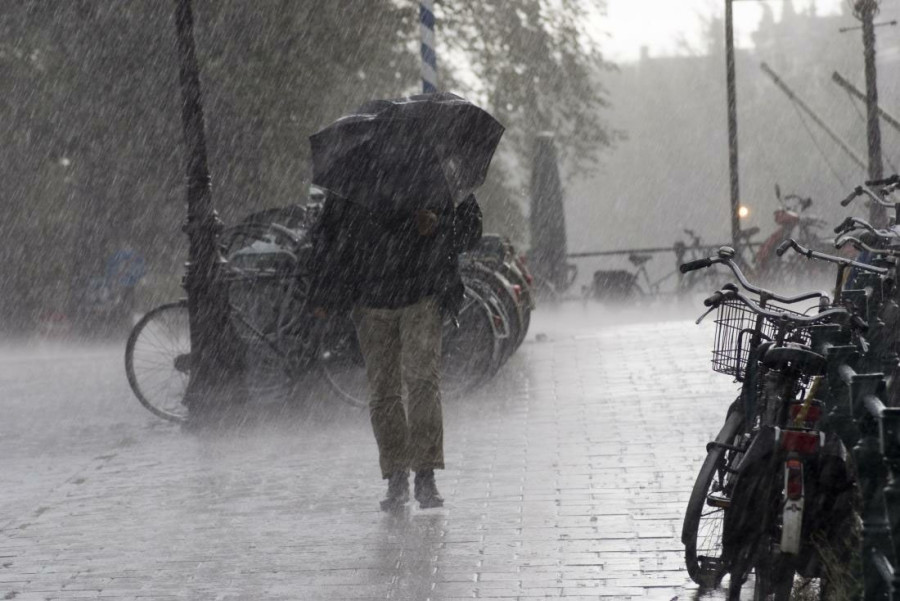FOR the first time, a study finds an
association between living in cold,
wet regions and increased cancer prevalence. The conclusions are surprising and likely to spark debate.
Is there really a link between rain and cancer rates?
Long ago, scientists establishedTrusted Source that increased exposure to ultraviolet (UV) rays from the sun increases skin cancer risk. A new study, however, points the finger at precipitation and a cooler climate.
Earlier research has shown that there is a surprising amount of disparity between cancer incidence and mortality rates in different regions of the United States. Specifically, the highest rates seem to cluster toward the East Coast.
The authors of the latest study explain that these differences have “been linked to racial, ethnic, behavioral, social, economic, and lifestyle factors.” Environmental and occupational factorsTrusted Source, such as air pollution and exposure to pesticides and solvents, might also play a part.
The list of risk factors for cancer is already long, but researchers continue working to uncover the full range.
The new study, which now appears in the journal Environmental Engineering Science, investigates the potential role of precipitation and climate zone in cancer risk.
In this paper, the authors define climate zone as “a variable that combines temperature and moisture level in a given area.”
They are not suggesting that increased rainfall, temperature, and moisture directly cause cancer. Instead, they explain how these climate factors “may increase the exposure to carcinogens by acting as carriers or increasing the natural biotic generation of carcinogens.”
This study is the first in the U.S. to look for a relationship between cancer rates, precipitation, and climate zone.
To investigate, the scientists collated data on breast cancer, ovarian cancer, lung cancer, colorectal cancer, and prostate cancer. They also had access to county-level data of cancer incidence, climate, and demographics.
Due to the large size of the datasets, the researchers opted to analyze 15 states at random. These were Arizona, Arkansas, California, Connecticut, Georgia, Iowa, Massachusetts, New York, New Jersey, Oklahoma, South Carolina, Texas, Utah, Washington, and Wisconsin.
The study authors have a few theories to help unpick this unusual relationship. For example, they explain that on the East Coast, increased rainfall leaches alkaline elements such as magnesium and potassium from the soil. This makes the soil more acidic.









